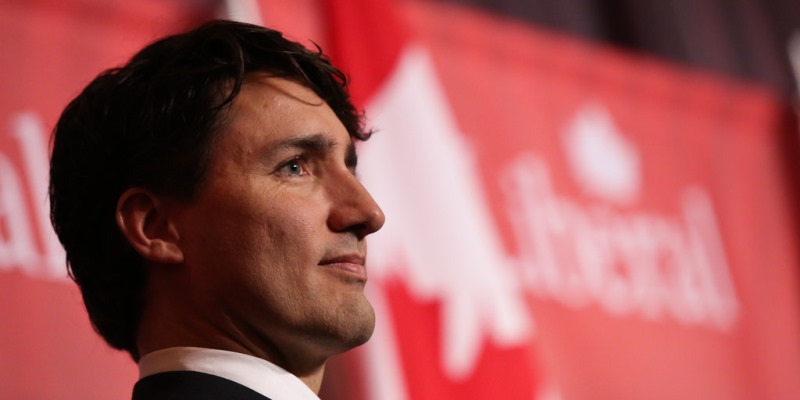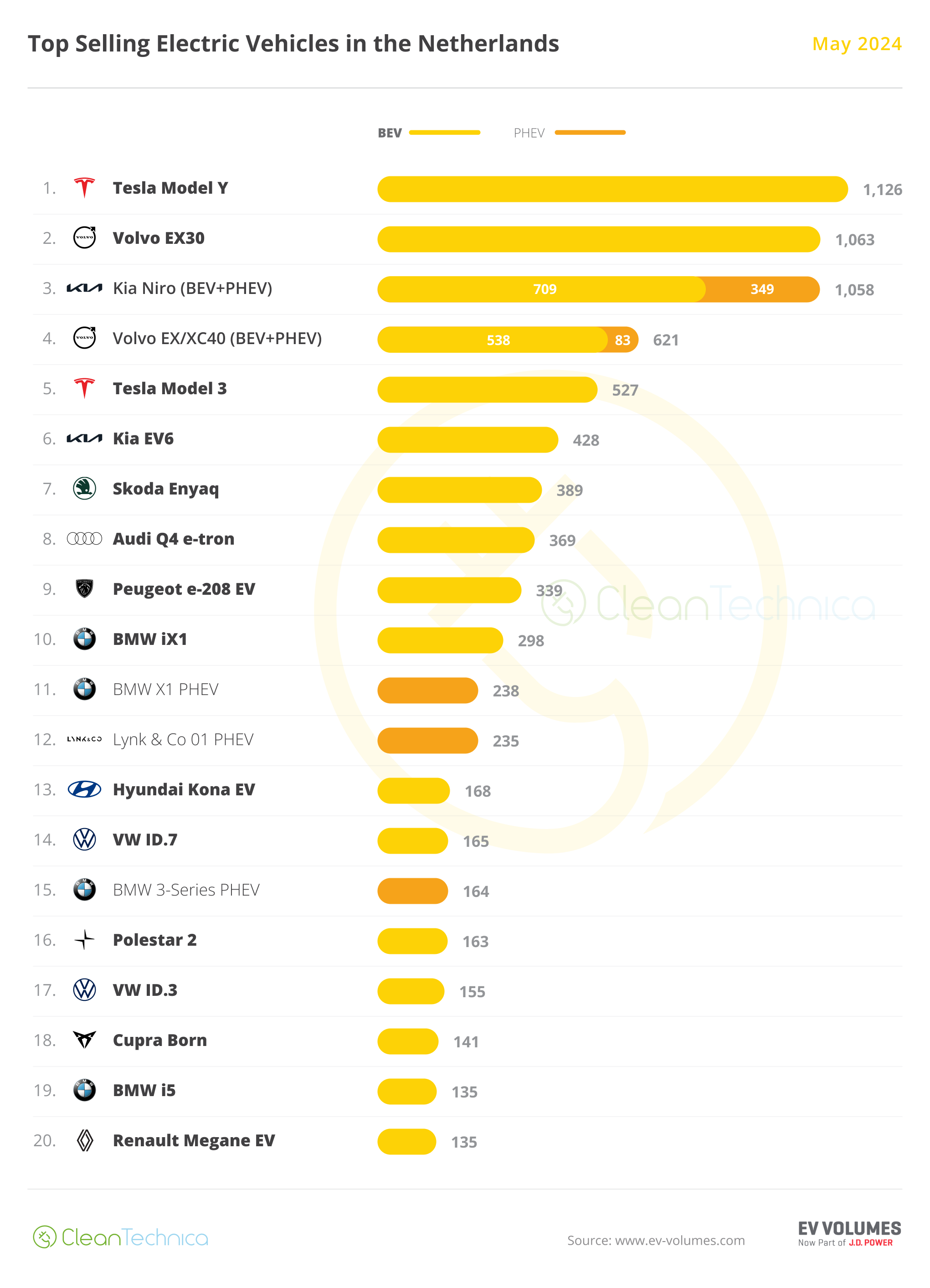
Appeared in the Toronto Sun, August 30, 2023
Having banned some single-use plastics of convenience (straws, cutlery, etc.), the Trudeau government has turned its sights on plastics of necessity including plastic films to keep foods isolated from contamination, protect them from pests and destructive oxidation, and help keep them cold, which is critical to preventing microbial contamination and spoilage.
This is a major turning point in the Trudeau government’s war on plastics, which incidentally fails on economic and environmental grounds. Even if its “Zero Plastic Waste by 2030” program were to work, it would prevent a paltry increase from 0.02-0.03 per cent to 0.023-0.033 per cent of global plastic pollution, an undetectable reduction of three thousandths of one per cent by the government’s own admission.
And even that small reduction in environmental harm would likely be offset by increased environmental harm from replacements for the banned plastic products. Again, per the government’s own analysis, these regulations are expected to actually increase the waste generated from substitutes by almost 300,000 tonnes in 2024 and by around 3.2 million tonnes over the life of the program (2023 to 2032). Paper substitutes will comprise most of that increase.
But this next stage in the war on plastics moves beyond issues of economics and environmental protection and into the realm of human health and safety. Not to be overly dramatic, but while the previous stages in the war on plastics might have inconvenienced people or wasted their money, this new phase may sicken and kill them.
According to government statistics, food poisoning causes 1.6 million illnesses and 105 deaths every year in Canada. About 90 per cent of those sicknesses are caused by four foodborne pathogens—norovirus, clostridium perfringens, campylobacter and salmonella. Keeping foods sanitary and thermally controlled is critical to minimizing the spread of these parasites; they’re easily spread to exposed foods through human contact or contact with contaminated surfaces.
As the Center for Research on Ingredient Safety at Michigan State University observes, “Currently, plastic wraps play an important role in food preservation and safe transportation, helping to keep our foods fresh and safe which in turn can help reduce food waste” and on “an industrial scale, plastic wraps protect food from potential contamination and spoilage during their journey from their origin to our plates.”
There are, of course, alternate materials that can be used for food packaging, but little is known about how they perform from a health-protection perspective. But we do know that most will fail from a consumer-choice perspective simply because they existed before plastic wrap and were rejected by consumers worldwide. And from prior studies on plastic grocery bags (which are also in government crosshairs) we know that alternatives to plastics used to transport food can increase exposure to contaminants and increase risks to human health. Plastic wraps have the same potential.
From the beginning, nothing about the Trudeau government’s crusade against plastics has made much sense. According to the government’s own calculations, the “Zero Plastic Waste by 2030” program will waste money, reduce global plastic waste by an insignificant amount, and actually increase the bulk of wastes in Canada. But now, by targeting plastic food packaging, we move from merely futile to potentially dangerous.
The government should put a hold on this newest phase in its war and undertake a comprehensive study of the health and safety trade-offs involved in banning plastic films and bags used in food packaging and transport. People’s lives are at stake.
Share This:




